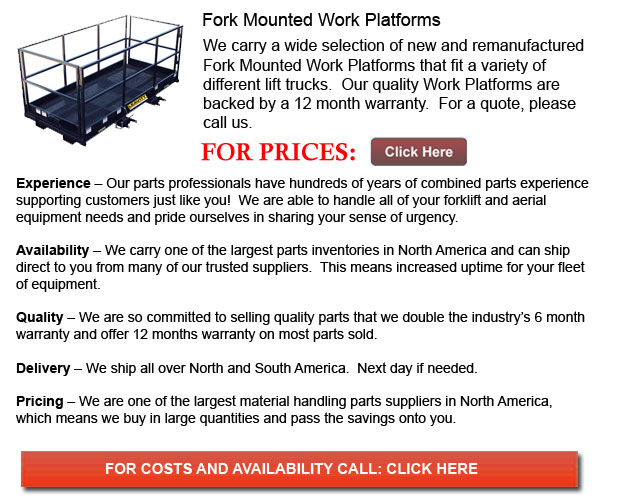
Fork Mounted Work Platform - For the maker to follow standards, there are specific standards outlining the requirements of lift truck and work platform safety. Work platforms can be custom made as long as it satisfies all the design criteria according to the safety standards. These custom made platforms should be certified by a professional engineer to maintain they have in actuality been manufactured according to the engineers design and have followed all standards. The work platform ought to be legibly marked to show the name of the certifying engineer or the producer.
Specific information is needed to be marked on the machine. For instance, if the work platform is custom-made built, a unique code or identification number linking the design and certification documentation from the engineer needs to be visible. When the platform is a manufactured design, the part number or serial in order to allow the design of the work platform should be marked in able to be associated to the manufacturer's documentation. The weight of the work platform if empty, together with the safety standard which the work platform was constructed to meet is amongst other required markings.
The most combined weight of the devices, individuals and materials allowable on the work platform is referred to as the rated load. This particular information should likewise be legibly marked on the work platform. Noting the least rated capacity of the lift truck that is needed in order to safely handle the work platform can be determined by specifying the minimum wheel track and forklift capacity or by the make and model of the forklift which can be used along with the platform. The process for connecting the work platform to the forks or fork carriage must likewise be specified by a professional engineer or the manufacturer.
Another requirement intended for safety ensures the floor of the work platform has an anti-slip surface located not farther than 8 inches more than the regular load supporting area of the forks. There should be a way provided to be able to prevent the work platform and carriage from pivoting and revolving.
Use Requirements
Just qualified drivers are authorized to work or operate these machinery for raising personnel in the work platform. Both the lift truck and work platform should be in good working condition and in compliance with OHSR previous to the use of the system to raise personnel. All maker or designer instructions that relate to safe operation of the work platform must also be available in the workplace. If the carriage of the lift truck is capable of pivoting or turning, these functions need to be disabled to maintain safety. The work platform should be locked to the forks or to the fork carriage in the particular manner provided by the work platform producer or a licensed engineer.
Various safety ensuring standards state that the weight of the work platform combined with the maximum rated load for the work platform must not exceed one third of the rated capacity of a rough terrain lift truck or one half the rated capacity of a high forklift for the reach and configuration being utilized. A trial lift is needed to be done at every job location instantly before raising workers in the work platform. This process ensures the forklift and be situated and maintained on a proper supporting surface and likewise to be able to guarantee there is adequate reach to locate the work platform to allow the task to be finished. The trial practice likewise checks that the boom can travel vertically or that the mast is vertical.
Prior to utilizing a work platform a test lift should be carried out instantly previous to raising employees to guarantee the lift can be well positioned on an appropriate supporting surface, there is adequate reach to position the work platform to carry out the needed job, and the vertical mast is able to travel vertically. Utilizing the tilt function for the mast could be utilized so as to assist with final positioning at the job site and the mast ought to travel in a vertical plane. The trial lift determines that adequate clearance can be maintained between the elevating mechanism of the forklift and the work platform. Clearance is also checked according to scaffolding, storage racks, overhead obstructions, as well as whatever surrounding structures, as well from hazards such as energized machinery and live electrical wire.
Systems of communication need to be implemented between the forklift driver and the work platform occupants to efficiently and safely manage operations of the work platform. If there are several occupants on the work platform, one person ought to be chosen to be the main person accountable to signal the forklift operator with work platform motion requests. A system of arm and hand signals must be established as an alternative means of communication in case the main electronic or voice means becomes disabled during work platform operations.
Safety standards dictate that employees are not to be moved in the work platform between job locations and the platform needs to be lowered to grade or floor level before anybody goes in or leaves the platform also. If the work platform does not have guardrail or sufficient protection on all sides, each occupant has to be dressed in an appropriate fall protection system attached to a selected anchor point on the work platform. Personnel ought to perform functions from the platform surface. It is strictly prohibited they do not stand on the railings or utilize whatever tools in order to increase the working height on the work platform.
Lastly, the forklift operator should remain within 10 feet or 3 metres of the forklift controls and maintain visual contact with the lift truck and with the work platform. Whenever the lift truck platform is occupied the operator needs to abide by the above requirements and remain in contact with the work platform occupants. These instructions help to maintain workplace safety for everybody.
![]() Click to Download the pdf
Click to Download the pdf
Forklift Parts

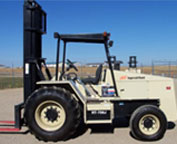
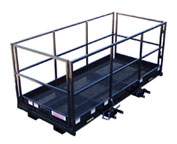
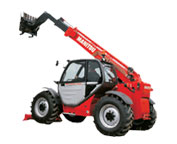
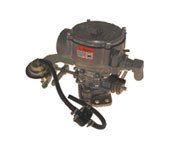
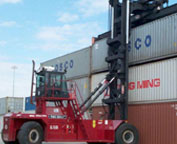
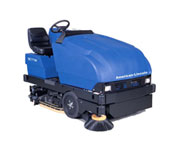
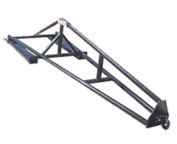
Lift Parts Express
TOLL FREE: 1-888-695-7994
LOCAL: 469-452-2793
4100 ELDORADO PKWY 100-251
McKinney, Texas
forkliftpartsmckinney.com
Email Us
About Us


